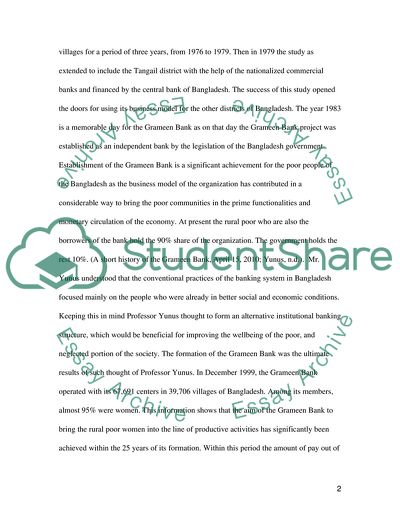Cite this document
(Human Resource Culture and Organizations- Grameen Bank Research Paper - 1, n.d.)
Human Resource Culture and Organizations- Grameen Bank Research Paper - 1. Retrieved from https://studentshare.org/human-resources/1736949-human-resource-culture-and-organisations
Human Resource Culture and Organizations- Grameen Bank Research Paper - 1. Retrieved from https://studentshare.org/human-resources/1736949-human-resource-culture-and-organisations
(Human Resource Culture and Organizations- Grameen Bank Research Paper - 1)
Human Resource Culture and Organizations- Grameen Bank Research Paper - 1. https://studentshare.org/human-resources/1736949-human-resource-culture-and-organisations.
Human Resource Culture and Organizations- Grameen Bank Research Paper - 1. https://studentshare.org/human-resources/1736949-human-resource-culture-and-organisations.
“Human Resource Culture and Organizations- Grameen Bank Research Paper - 1”, n.d. https://studentshare.org/human-resources/1736949-human-resource-culture-and-organisations.


